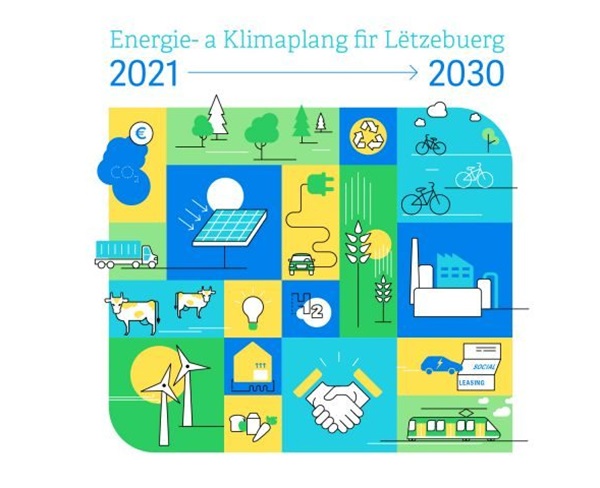 Credit: PNEC/STATEC
Credit: PNEC/STATEC
Luxembourg's national statistical institute, STATEC, has announced that it carried out an update of the demographic projections developed in 2017 in 2024 using the same econometric methodology, with the exception of two variables.
The annual GDP growth is now endogenous, allowing it to evolve according to demographic ageing, and productivity is considered an exogenous hypothesis.
In 2017, STATEC published a detailed study of the demographic dynamics of Luxembourg, taking into account factors such as immigration, birth rates and life expectancy. The analysis published in 2017, which has become a reference in Luxembourg for long-term projections, established the productivity and population levels necessary to achieve different economic growth targets, varying in different scenarios between 0% and 4.5%. The PNEC 2023 projections were based on an estimate of potential GDP growth of 2.75% while proposing an alternative scenario where growth would be limited to 2.25%.
The new STATEC projections are based on long-term hypotheses on the components of productivity, namely total factor productivity (TFP), which describes technical progress, and the investment rate (I/GDP), which determines capital intensity (K/L).
According the STATEC, the “low” and “high” variant for each of the two productivity determinants makes it possible to develop four long-term scenarios. The 2024 PNEC projections were based on the fourth scenario, which considers a high investment rate and technical progress. This choice can be justified by the voluntary nature of the decarbonisation scenarios, but also by a precautionary principle, which would consist of checking whether the climate objectives can be achieved even in a scenario with high economic growth. The other scenarios are, however, used in a sensitivity analysis, which shows that long-term emissions are determined more by the adoption of low-carbon technologies than by the economic and demographic growth of the country.









